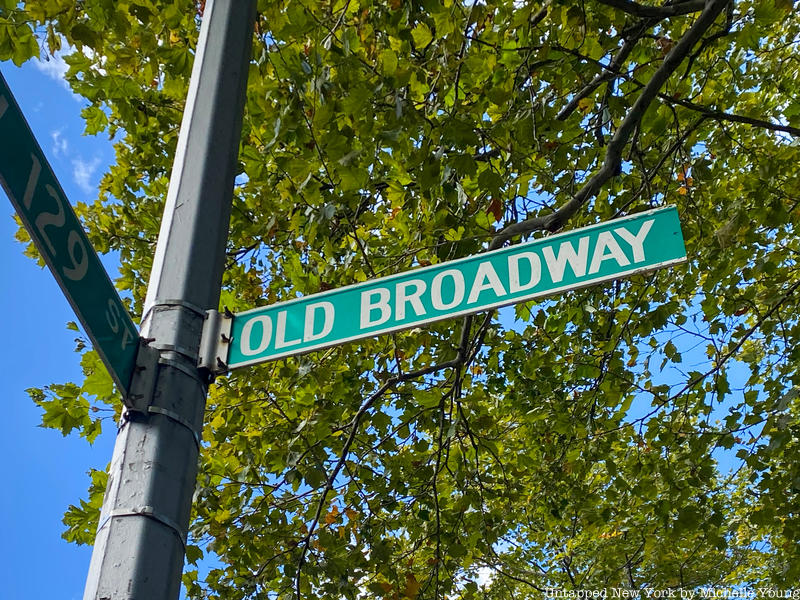5. Dixonville was a mostly forgotten “Little Coney Island”

Before Broadway extended all throughout Manhattan, there was the Bloomingdale Road, the main route connecting lower Manhattan to Morningside Heights. During the Dutch era, the portion of Manhattan between 100th and 130th Streets was known as Bleomendael, which later became Bloomingdale. Andrew Haswell Green, New York’s first master planner, was responsible for widening and straightening Bloomingdale Road, which led to a more rapid development of the area. Much of the area’s commerce at the time was located around West 110th Street, where the Lion Palace served as a popular entertainment “resort,” Because of the success of the Lion Palace, a number of other resorts opened, thus creating a small entertainment district.
Around this time, the Dixon family put up wood-frame houses for German and Irish immigrants on West 110th Street. The area was thus deemed “Dixonville,” and saloons and dance halls started popping up. The area was a popular destination for younger crowds looking for a beer and a show, as the area also attracted some vaudeville performances. The area drew comparisons to Coney Island, and many began calling the stretch of West 110th Street “Little Coney Island,” even after the state legislature tried to restrict drinking.





